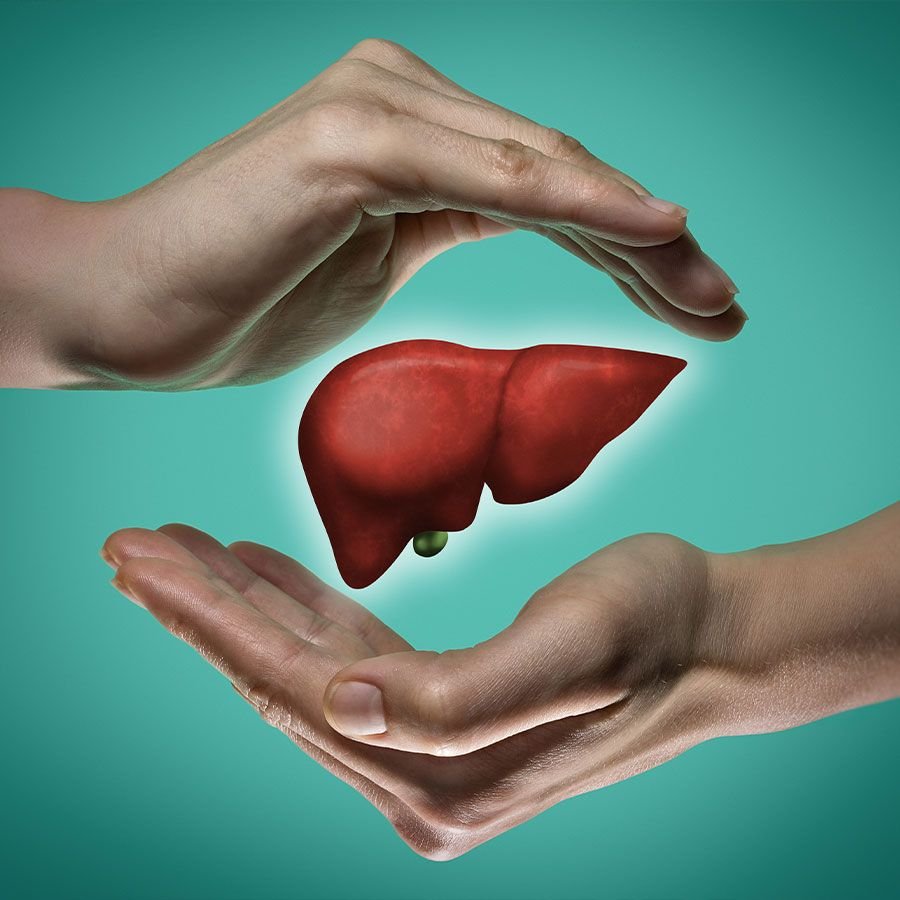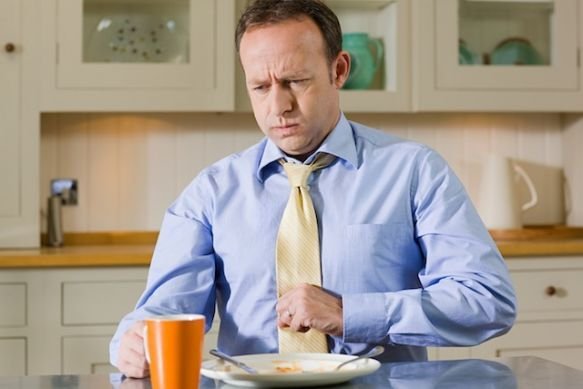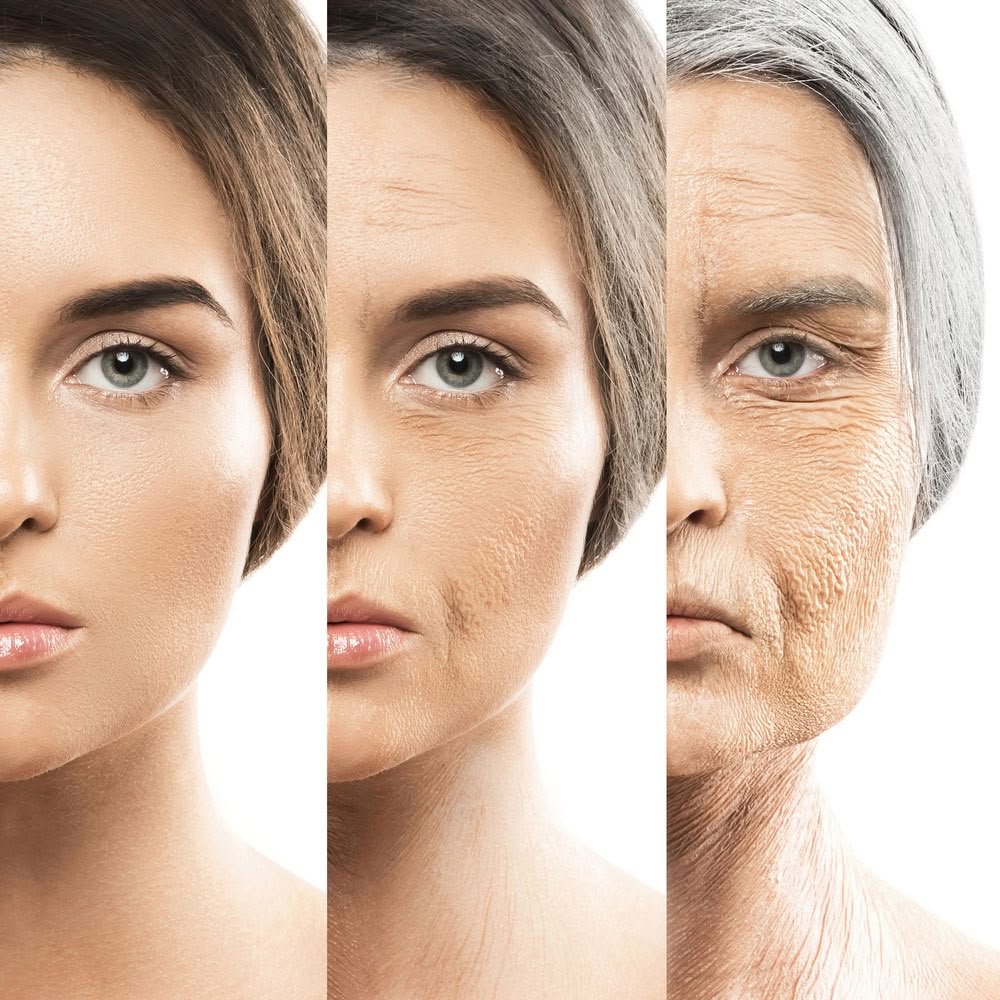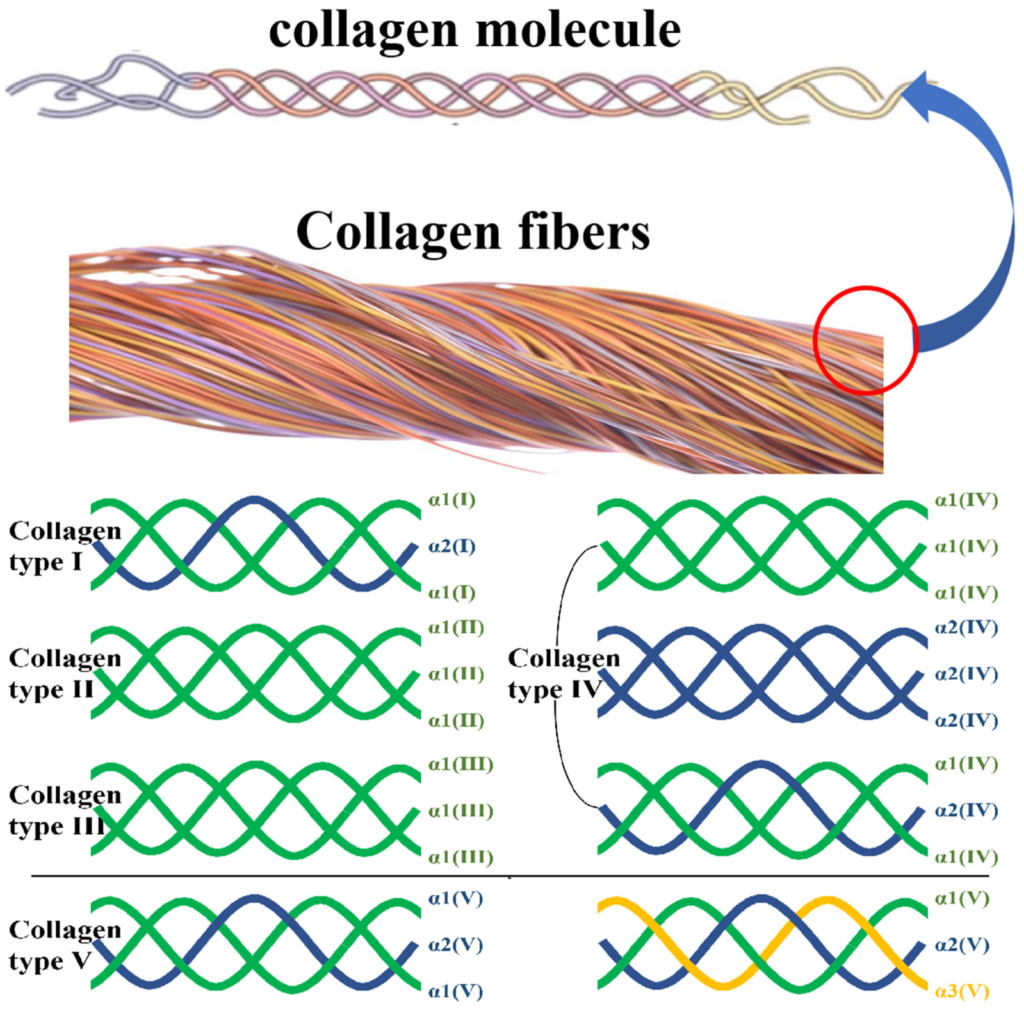5 Yoga Poses for Healthy Liver (Easy and Effective)
5 Yoga Poses for Healthy Liver (Easy and Effective) In our modern lifestyles, maintaining a healthy liver has become more crucial than ever. As a vital organ responsible for over 500 functions in our body, the liver plays a vital role in detoxification, metabolism, and overall health. With the rising prevalence of liver conditions such as fatty liver disease affecting approximately 25% of the global adult population, it’s essential to incorporate natural practices that support liver health into our daily routine. Yoga, an ancient practice that has gained tremendous popularity, especially around 21st June (International Yoga Day), offers a holistic approach to maintaining liver health. Regular yoga practice, combined with a healthy lifestyle and balanced diet, can significantly improve overall liver functions and support the detoxification process. Understanding Your Liver’s Health Before diving into the best yoga poses, it’s important to understand why liver health matters. The liver filters harmful substances from your blood, produces bile for fat digestion, and helps maintain proper blood flow throughout your body. Poor diet, lack of regular exercise, and various medical conditions can lead to liver problems, including fatty liver disease, liver cirrhosis, and in severe cases, liver failure. The Benefits of Yoga for Liver Health Yoga offers multiple benefits for liver health through its ability to: 5 Best Yoga Poses for Liver Detoxification 1. Ardha Matsyendrasana (Half Lord of the Fishes Pose) This very effective yoga asana is renowned for its liver-cleansing properties through its signature spinal twist. Technique: Benefits: 2. Bhujangasana (Cobra Pose) This gentle backbend is excellent for stimulating abdominal organs and improving liver health. Technique: Benefits: 3. Trikonasana (Triangle Pose) Triangle pose is particularly beneficial for improving liver’s health through enhanced blood flow. Technique: Benefits: 4. Dhanurasana (Bow Pose) This pose is particularly effective for stimulating the liver and promoting fat metabolism. Technique: Benefits: READ MORE: 18 Food to Detox your liver! 5. Setu Bandhasana (Bridge Pose) Bridge pose supports liver health through improved circulation and hormonal balance. Technique: Benefits: Additional Tips for Best Results To maximize the benefits of these yoga exercises for liver health, consider incorporating: Important Considerations While these yoga poses are beneficial for liver health, please note: The Liver: A Powerhouse of the Human Body The liver is the largest internal organ and is located in the upper right abdomen. It is often referred to as the body’s detoxification center because it filters toxins from the blood and neutralizes harmful substances. However, its functions extend far beyond detoxification. Here are some of the liver’s key roles: Blood Filtration: The liver filters and detoxifies blood, removing harmful substances such as alcohol, drugs, and environmental toxins . Bile Production: It produces bile, which is essential for breaking down fats and aiding digestion. Nutrient Storage and Release: The liver stores essential nutrients like glucose, iron, and vitamins, releasing them when the body needs energy . Protein and Hormone Regulation: It produces proteins for blood plasma, regulates hormone levels, and helps with blood clotting. Immune Support: The liver plays a role in resisting infections by producing immune factors and removing bacteria from the bloodstream . Given its extensive responsibilities, the liver is indispensable for maintaining overall health. However, modern lifestyles, poor diets, and environmental factors are putting this organ under immense strain. The Global Burden of Liver Diseases Liver diseases are a growing public health concern worldwide. Conditions such as non-alcoholic fatty liver disease (NAFLD), liver cirrhosis, and liver cancer are becoming increasingly common. According to the Global Liver Institute, liver diseases are among the leading causes of death globally, with millions of people affected each year. Key Liver Conditions Non-Alcoholic Fatty Liver Disease (NAFLD): This condition, characterized by fat build-up in the liver, affects 25% of the global population. It is closely linked to obesity, type 2 diabetes, and poor diets . Liver Cirrhosis: A late-stage liver disease where healthy liver tissue is replaced with scar tissue, impairing liver function. READ MORE: Get To Know about Leaky Guts! Hepatitis: Viral infections like hepatitis B and C are major contributors to liver failure and liver cancer Liver Cancer: Often a result of chronic liver disease, liver cancer is a leading cause of cancer-related deaths worldwide. The rise in liver-related diseases is largely attributed to unhealthy lifestyle choices, including diets high in processed foods, excessive alcohol consumption, and sedentary habits How to Take Care of Your Liver Maintaining a healthy liver is essential for overall health and can prevent many chronic diseases. Here are some evidence-based strategies to support liver health: 1. Adopt a Liver-Friendly Diet A balanced diet is one of the most effective ways to protect your liver. Focus on: 2. Stay Physically Active Regular exercise helps maintain a healthy weight, reduces fat deposits in the liver, and improves insulin sensitivity. Aim for at least 150 minutes of moderate-intensity exercise per week. 3. Avoid Toxins Minimize exposure to harmful substances such as alcohol, tobacco, and environmental toxins. These can overload the liver and impair its ability to function. 4. Practice Safe Medication Use Overuse of medications, especially painkillers like acetaminophen, can damage the liver. Always follow dosage instructions and consult a healthcare provider before taking new medications. 5. Manage Stress According to Traditional Chinese Medicine, the liver is closely linked to emotional well-being. Chronic stress can disrupt the liver’s energy flow, leading to imbalances. Practices like yoga, meditation, and deep breathing can help reduce stress and support liver health. 6. Stay Hydrated Drinking plenty of water helps the liver flush out toxins and maintain proper blood flow. 7. Regular Health Check-Ups Routine liver function tests can help detect liver problems early, even before symptoms appear. Early intervention is key to preventing severe liver damage. The Role of Supplements in Liver Health Certain natural supplements have shown promise in supporting liver health: Milk Thistle: Contains silymarin, which may help regenerate liver cells and reduce inflammation . Artichoke Extract: Known for its liver-protective properties, artichoke supports bile production and detoxification . Dandelion Root: Has antioxidant and anti-inflammatory effects that may
5 Yoga Poses for Healthy Liver (Easy and Effective) Read More »










